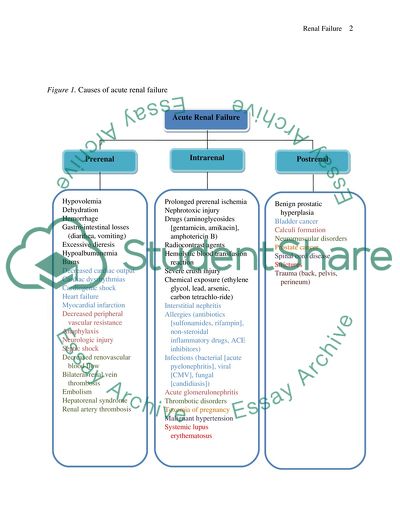Cite this document
(Acute Renal Failure Coursework Example | Topics and Well Written Essays - 1750 words, n.d.)
Acute Renal Failure Coursework Example | Topics and Well Written Essays - 1750 words. https://studentshare.org/health-sciences-medicine/1716818-acute-renal-failure
Acute Renal Failure Coursework Example | Topics and Well Written Essays - 1750 words. https://studentshare.org/health-sciences-medicine/1716818-acute-renal-failure
(Acute Renal Failure Coursework Example | Topics and Well Written Essays - 1750 Words)
Acute Renal Failure Coursework Example | Topics and Well Written Essays - 1750 Words. https://studentshare.org/health-sciences-medicine/1716818-acute-renal-failure.
Acute Renal Failure Coursework Example | Topics and Well Written Essays - 1750 Words. https://studentshare.org/health-sciences-medicine/1716818-acute-renal-failure.
“Acute Renal Failure Coursework Example | Topics and Well Written Essays - 1750 Words”. https://studentshare.org/health-sciences-medicine/1716818-acute-renal-failure.


